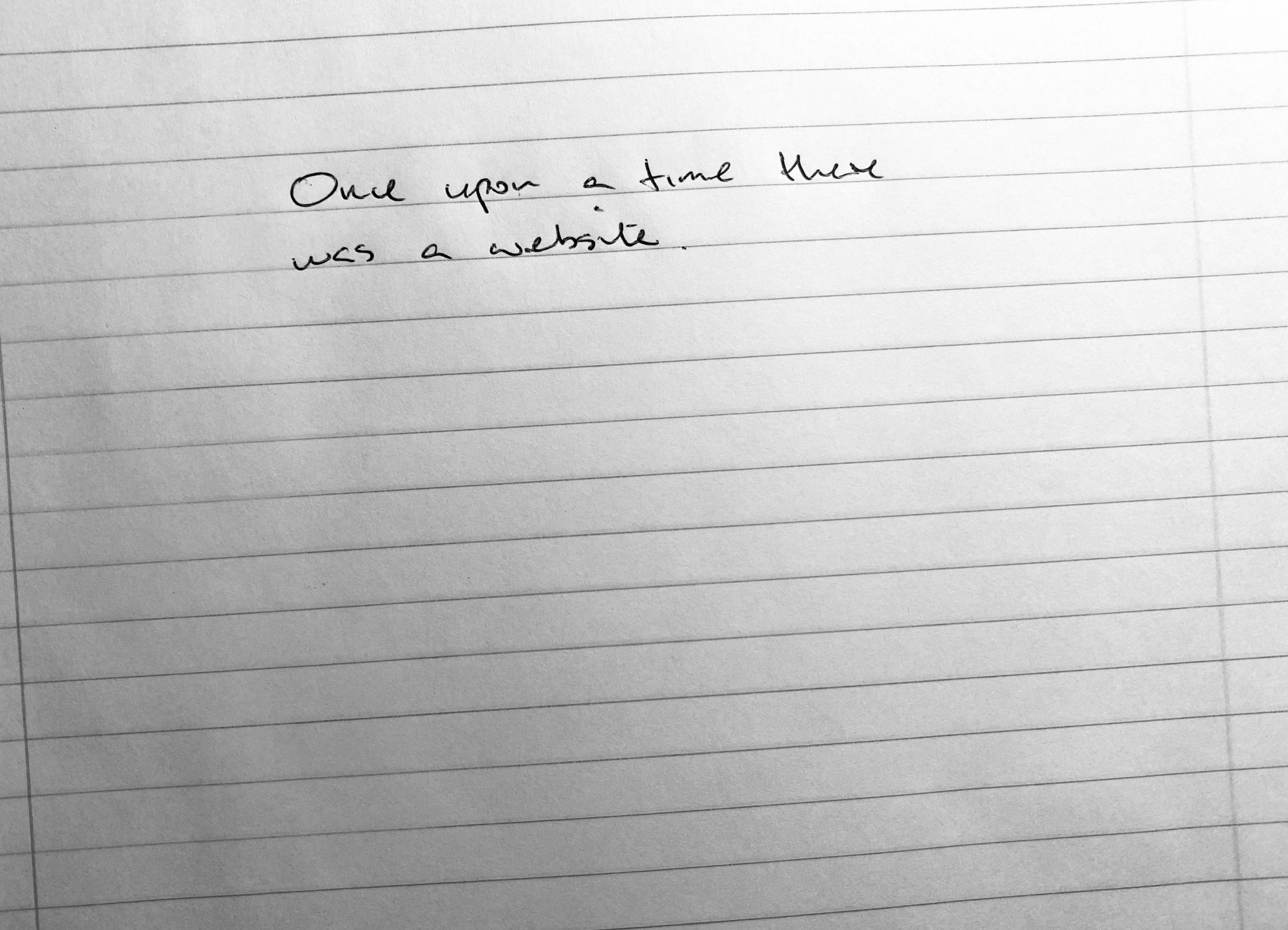“At six in the morning the servant comes in with a light. He finds his master on the floor, the pistol, the blood … From the blood on the arm of the chair one could infer that he had done the deed as he sat before his desk, then slumped down in his chair thrashing about convulsively. He lay on his back near the window, exhausted, fully dressed, wearing his boots, his blue coat, and yellow vest … He had drunk only one glass of the wine. Emilia Galotti lay open on his desk.”
–Johann Wolfgang von Goethe, The Suffering of Young Werther
“Matter of a corpse, Urgent!” In the early morning of May 9, 1976, prison guards found Ulrike Meinhof dead and hanging from her cell window. The police report notes the position of the body and the untidy desk on which “no clues, leads, or notes relevant to the case” could be found, before remaking that “the sole thing on the desk to stand out was that, amongst other things, the book by Ludwig Wittgenstein with the title ‘Philosophical Grammar’ lat there . The book lay open at the pages 84/85.” It seems a curious detail to highlight, but just as Lessing’s bourgeois tragedy open on Werther’s desk was a clue to his frustrations, perhaps Wittgenstein is representative of Meinhof’s sufferings: were the limits of language indeed the limits of her world? Questions may always remain about the circumstances of Meinhof’s death, but what is clear is that she struggled with what she saw as the boundaries of communication as a writer, a fugitive, and a prisoner. This book examines her journalism and her terrorism in light of this struggle. It applies to her twin careers a communicative methodology that understands terrorism as a discursive construction: at once the resulto , and itself a series of, performative acts of text, imagery, and physical violence.
…
